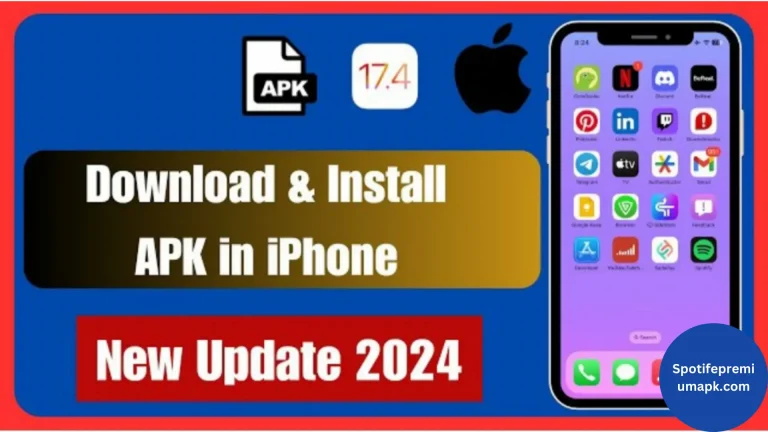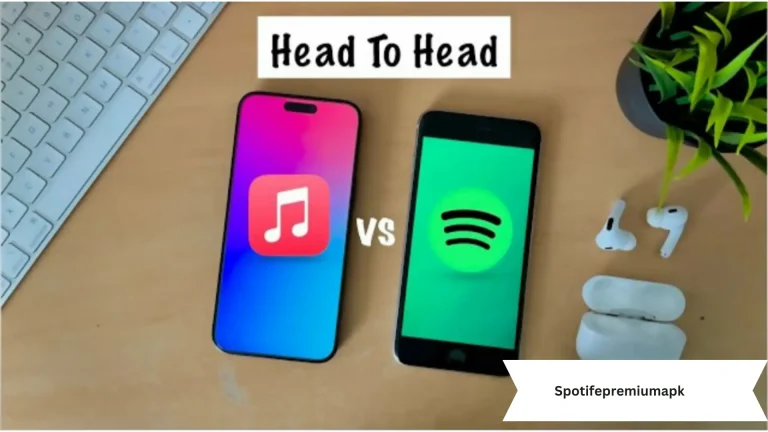Spotify Vs Youtube Music
Choosing between Spotify and YouTube Music can be challenging, given their prominence in the music streaming world. Spotify, created by Daniel Ek and Martin Lorentzon in 2006, boasts over 70 million songs, personalized playlists, and additional content like podcasts and audiobooks, attracting more than 515 million users. On the other hand, YouTube Music, launched by Google in 2015, excels in integrating music videos with audio tracks, offering a unique discovery experience and reaching over 80 million subscribers. Both services provide free and premium plans, but their differences in library size, features, and sound quality can influence your decision. This comparison will delve into the key aspects of Spotify and YouTube Music to help you determine which platform suits your musical needs best.
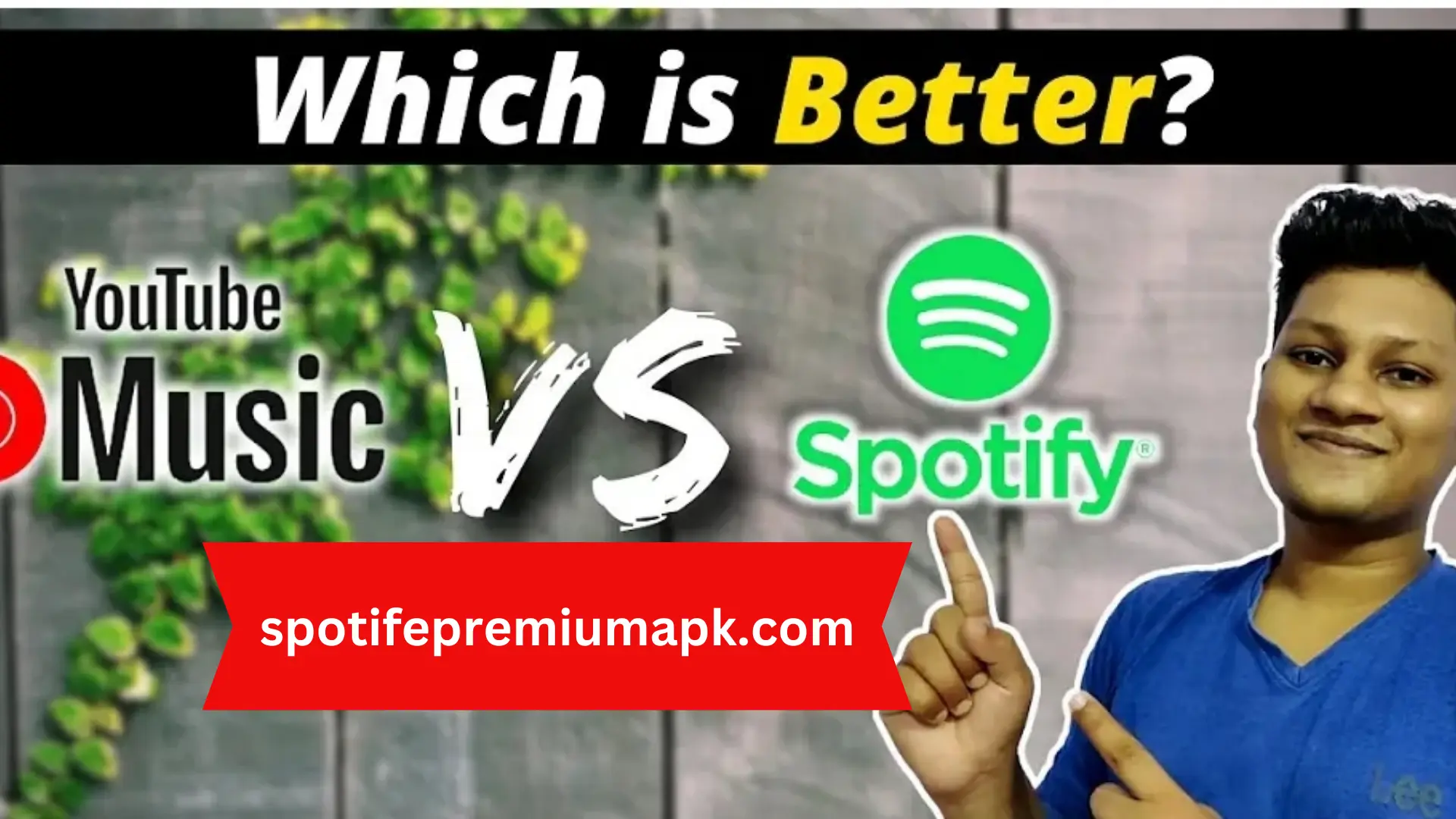
Interface
When comparing the interfaces of Spotify and YouTube Music, several key differences and features stand out, affecting user experience and ease of navigation.
Spotify Interface
Home Screen: Spotify’s home screen is personalized and dynamic, featuring recently played tracks, suggested playlists, and new releases based on user preferences. It provides quick access to various genres and moods, making it easy to discover new music.
Navigation: The bottom navigation bar includes tabs for Home, Search, Your Library, and Premium. This layout ensures that users can easily switch between discovering new music and accessing their personal libraries.
Search Functionality: Spotify’s search function is robust, allowing users to find songs, albums, artists, playlists, and podcasts. It also offers trending searches and genre-specific browsing.
Your Library: This section organizes saved music into playlists, artists, albums, and podcasts. Users can easily manage and curate their collections, creating a seamless listening experience.
Playlist Management: Spotify excels in playlist management, allowing users to create, edit, and share playlists effortlessly. Collaborative playlists are a unique feature, enabling friends to add and edit tracks together.
Dark Mode: Spotify’s dark mode is easy on the eyes, providing a sleek and modern look that enhances visual appeal during extended use.
YouTube Music Interface
Home Screen: YouTube Music’s home screen is also personalized, showcasing a mix of recommended music videos, live performances, and playlists. It integrates seamlessly with the broader YouTube platform, offering a rich multimedia experience.
Navigation: The bottom navigation bar includes Home, Explore, and Library tabs. This straightforward design allows users to toggle between discovering new content and accessing their saved music quickly.
Search Functionality: YouTube Music’s search is particularly powerful, leveraging YouTube’s comprehensive database. Users can search for songs, albums, artists, and music videos. The app also supports voice search and can identify songs by lyrics.
Library Management: The Library section organizes music into playlists, albums, songs, and artists. It also includes uploads, allowing users to add their music files to the platform, which is a unique feature.
Video Integration: A standout feature of YouTube Music is its integration with music videos. Users can switch between audio and video modes seamlessly, providing a more immersive listening experience.
Theme Options: : YouTube Music offers both light and dark themes, giving users flexibility in customizing their viewing experience.
While Spotify offers a polished, music-centric interface with excellent playlist management and personalized recommendations, YouTube Music leverages its vast video library and YouTube integration for a richer multimedia experience. The choice between the two often comes down to whether users prioritize a robust audio experience with strong playlist features (Spotify) or a versatile platform that blends audio and video content (YouTube Music).
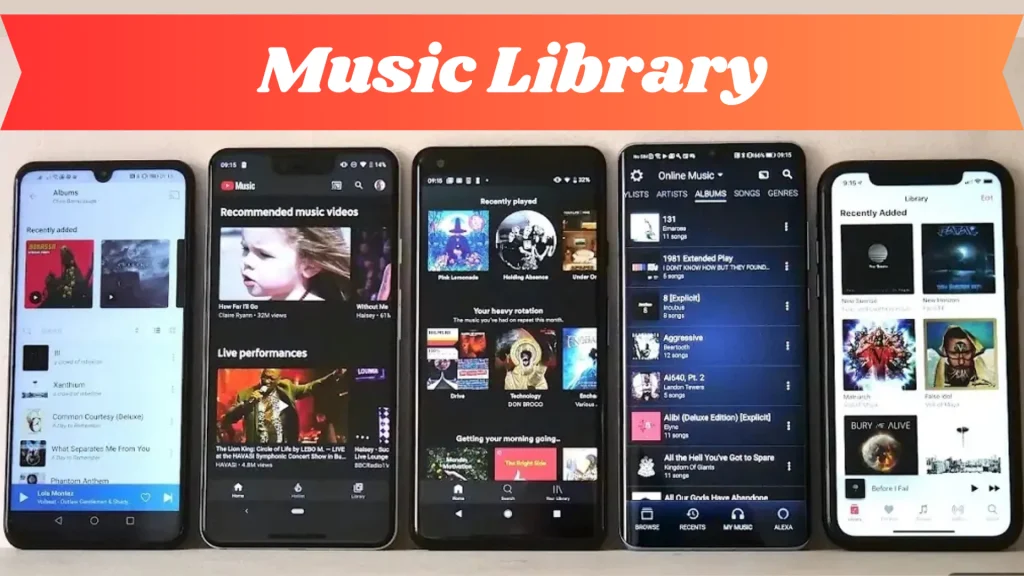
Library and discovery
Both Spotify and YouTube Music boast extensive libraries with over 100 million tracks, but their discovery features set them apart. Spotify offers a wide range of personalized playlists such as Discover Weekly, Daily Mixes, and Release Radar, in addition to a vast podcast library and audiobooks. It excels in providing algorithm-driven recommendations tailored to user preferences. Spotify’s “Made for You” section and features like Smart Shuffle and Daylists continuously refresh content based on listening habits.
On the other hand, YouTube Music integrates YouTube’s video content, including live performances and user-generated videos, adding a unique element to its discovery options. It offers playlists like Discover Mix and My Super Mix, and its Explore section highlights new releases and trending tracks. While it now includes podcasts, its discovery experience isn’t as expansive as Spotify’s, which often feels more comprehensive and varied.
YouTube Music vs Spotify: Content
Both Spotify and YouTube Music offer extensive libraries with over 100 million tracks each, making them comparable in terms of music selection. However, Spotify stands out by providing a vast podcast library with over five million titles, integrating both music and podcasts into a single platform. YouTube Music, on the other hand, focuses heavily on music videos, offering a rich collection of official music videos, live performances, and user-generated content. While Spotify includes some video content, it’s not as prominent as on YouTube Music. Thus, for podcast enthusiasts, Spotify is the better choice, whereas video lovers might prefer YouTube Music.
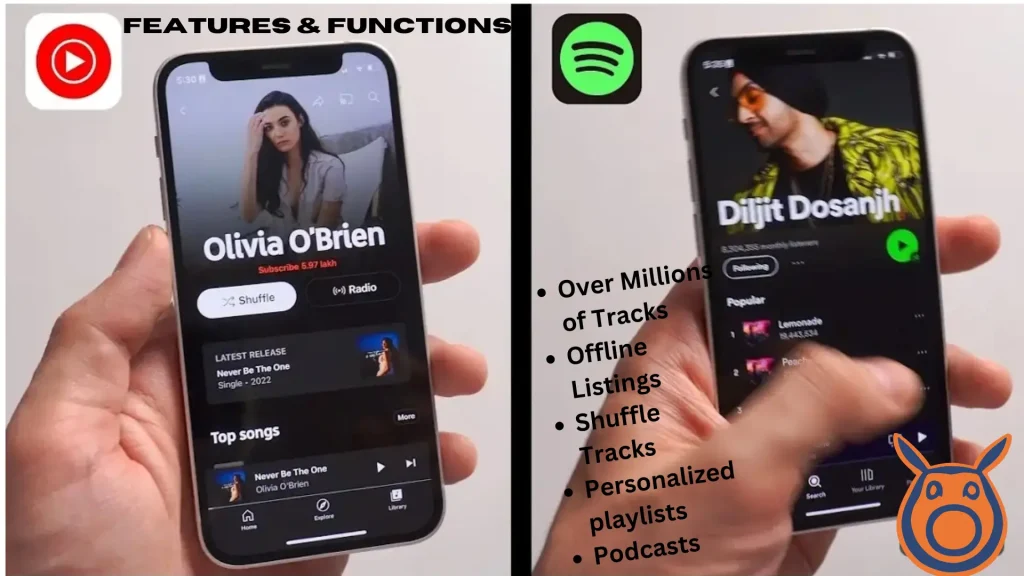
Features and functions
Spotify Features and Functions
- Over 100 million tracks in its music library.
- Access to over five million podcast titles and a growing selection of audiobooks.
- Personalized playlists such as Discover Weekly, Daily Mixes, and Release Radar.
- Smart Shuffle optimizes song order, and Daylists offer a constantly refreshing feed.
- Extensive search and browse categories including “Made for You,” “Charts,” and “Live Events.”Social features like following friends, sharing playlists, and viewing listening activity.
- Offline listening capability for songs, albums, and playlists
Youtube Music Features and Functions
- Over 100 million tracks in its music library.
- Integration of official music videos, live performances, and user-generated content.
- Personalized playlists like Discover Mix, My Super Mix, and New Release Mix.
- Explore section highlights new albums, singles, trending tracks, and mood/genre-based music.
- Recently added podcasts, available on the home screen for U.S. users.
- Unique video content integration, allowing users to watch and listen to music videos.
- Offline playback capability for songs and videos.
Sound Quality
Sound quality in Spotify and YouTube Music varies slightly between their free and premium tiers. For free users, YouTube Music streams at a maximum of 128 kbps, while Spotify reaches 160 kbps, though it caps at 128 kbps on the web player. Spotify Premium offers superior audio at 256 kbps on the web and up to 320 kbps on its apps, ensuring higher fidelity. In contrast, YouTube Music Premium maintains a consistent 256 kbps across all devices, offering good quality but not quite reaching Spotify’s peak. Both platforms adjust streaming quality based on network conditions, with Spotify generally providing a broader range of options for users seeking higher sound fidelity.
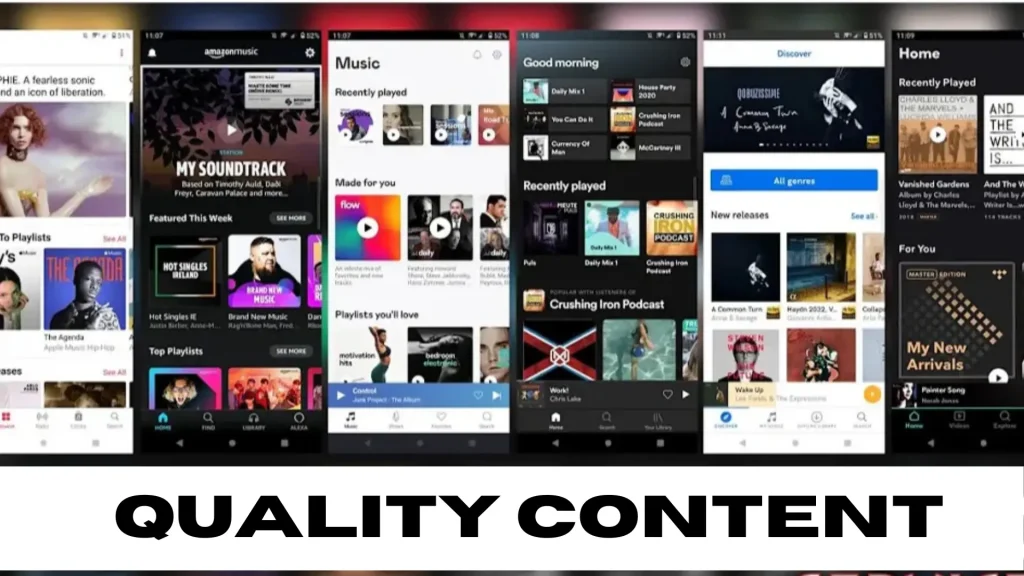
Price and Plans
Certainly! Here’s a comparison of the pricing for Spotify and YouTube Music, including their different plans:
| Service | Free Tier | Premium | Family Plan | Student Plan |
| Spotify | Ad-supported, limited skips, lower quality | $9.99/month, ad-free, offline, 320 kbps | $14.99/month, up to 6 accounts | $4.99/month, includes Hulu (ad-supported) |
| YouTube Music | Ad-supported, limited skips, lower quality | $9.99/month, ad-free, offline, 256 kbps | $14.99/month, up to 6 family members | $4.99/month, includes YouTube Premium |
Comparison
Free Tier: Both services offer ad-supported free tiers with limited skips and lower sound quality.
Premium: Spotify and YouTube Music both charge $9.99/month for their Premium plans, which include ad-free listening, offline playback, and higher sound quality. Spotify offers up to 320 kbps, whereas YouTube Music provides up to 256 kbps.
Family Plan: Both services offer a Family Plan at $14.99/month for up to 6 users, allowing each account to enjoy the Premium features.
Student Plan: Spotify and YouTube Music provide a discounted Student Plan at $4.99/month, which includes additional perks like Hulu (ad-supported) for Spotify and YouTube Premium (ad-free YouTube videos) for YouTube Music.
Conclusion
In conclusion, choosing between Spotify and YouTube Music depends on your music streaming preferences. Spotify, with over 70 million songs, personalized playlists, and a vast podcast library of over five million titles, attracts a global user base exceeding 515 million. Meanwhile, YouTube Music integrates music videos and boasts a library of over 100 million tracks, appealing to its 80 million subscribers. Spotify offers higher sound quality options, up to 320 kbps for Premium users, compared to YouTube Music’s 256 kbps. Your decision should align with whether you prioritize extensive audio content and playlist customization (Spotify) or prefer a multimedia experience integrating music and video (YouTube Music).
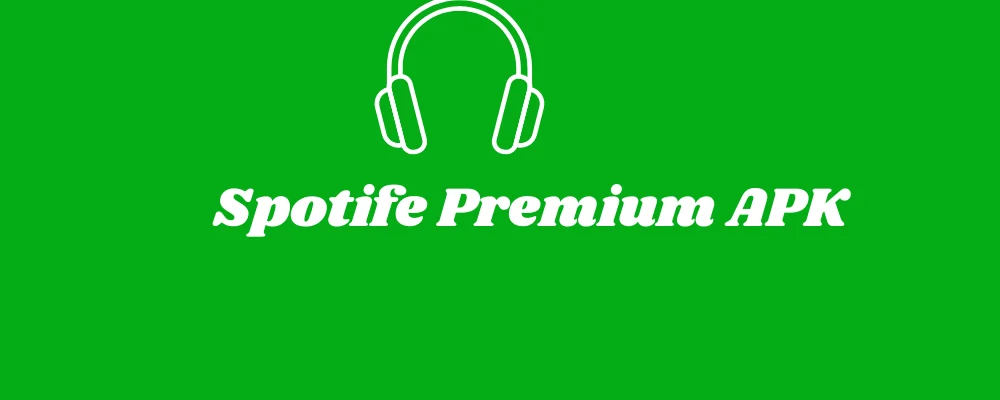
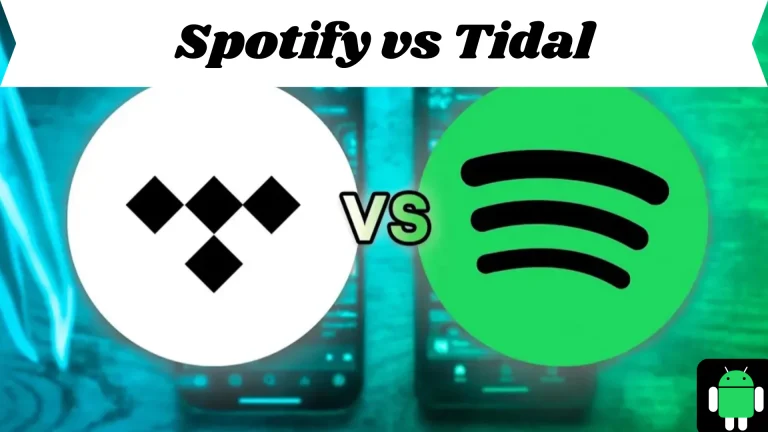
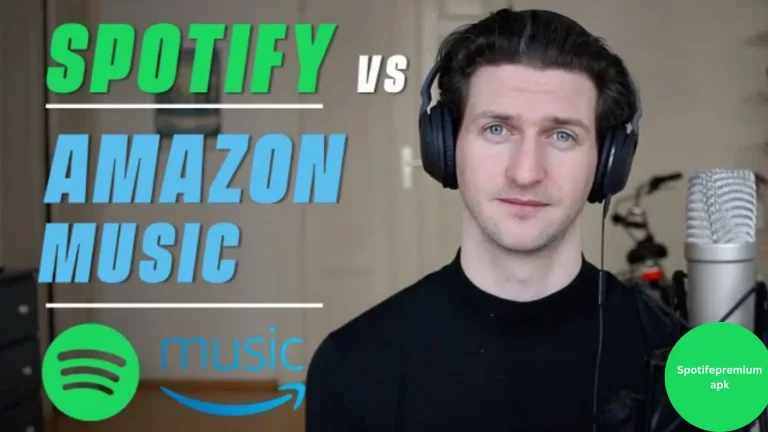
![Spotify vs Joox Music: Which is better? [Detailed Comparison] 7 Spotify vs Joox Music: Which is better? [Detailed Comparison]](https://spotifepremiumapk.com/wp-content/uploads/2024/06/Spotifepremiumapk.com_-1-768x432.webp)
